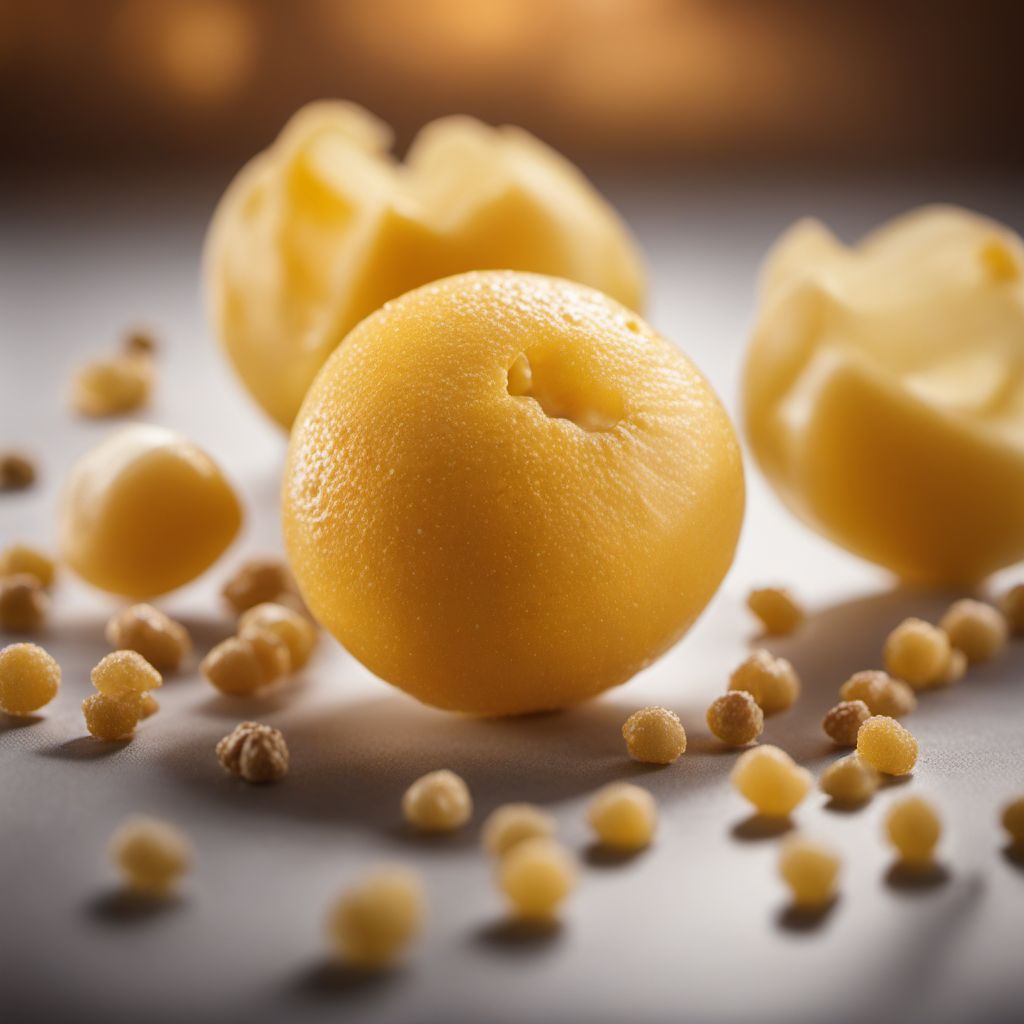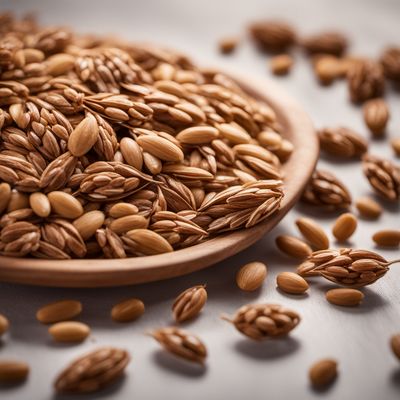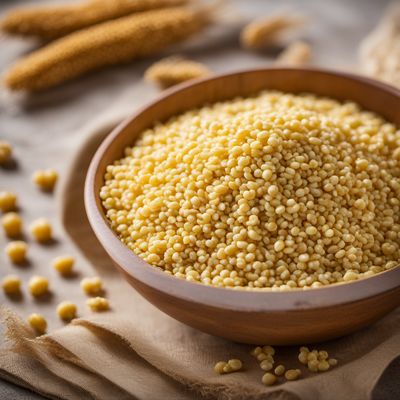
Ingredient
Groats
The Nutrient-Packed Powerhouse: Exploring the World of Groats
Groats are whole grains that have had their outer husk removed, leaving behind the nutrient-rich inner kernel. With a chewy texture and a slightly nutty flavor, groats come in various forms, including oat, barley, wheat, and rye groats. These whole grains are packed with fiber, vitamins, minerals, and antioxidants, making them a wholesome addition to any diet. Their appearance ranges from small, round grains to larger, elongated shapes, depending on the type of grain.
Origins and history
Groats have a rich history dating back to ancient times. They were a dietary staple in many cultures, including the Middle East, Europe, and Asia. Oat groats, for example, have been consumed since the Bronze Age and were a significant part of the diet in Scotland and Ireland. Barley groats were widely consumed in ancient Greece and Rome, while wheat and rye groats were popular in Eastern European cuisines. Groats have stood the test of time due to their availability, versatility, and nutritional value.
Nutritional information
Groats are a nutritional powerhouse, providing a rich source of dietary fiber, essential minerals such as iron and magnesium, and vitamins like B vitamins. They are also low in fat and cholesterol, making them a heart-healthy choice. A 100-gram serving of groats typically contains around 350-400 calories, depending on the type of grain.
Allergens
While groats themselves are not allergenic, individuals with gluten sensitivities should be cautious when consuming wheat or rye groats, as they contain gluten.
How to select
When selecting groats, look for packages that are tightly sealed and free from any signs of moisture or insect damage. Opt for organic or locally sourced groats whenever possible to ensure the highest quality and freshness.
Storage recommendations
To maintain the freshness and quality of groats, store them in a cool, dry place in airtight containers. Properly stored, groats can last for up to a year.
How to produce
Growing groats requires specialized knowledge and equipment, making it more suitable for commercial production. However, home gardeners can experiment with growing oat groats by sowing oat seeds in well-drained soil and providing adequate sunlight and water.
Preparation tips
Before cooking groats, rinse them thoroughly to remove any debris. To enhance their flavor, consider toasting them in a dry skillet before cooking. Groats can be cooked using various methods, such as boiling, steaming, or simmering, depending on the desired texture. They can be used as a base for pilafs, salads, soups, or porridges, and can also be ground into flour for baking purposes.
Substitutions
If groats are not available, suitable substitutes include quinoa, bulgur wheat, or brown rice, which offer similar nutty flavors and textures.
Culinary uses
Groats are incredibly versatile and can be used in a wide range of dishes. They are commonly used to make hearty porridges, such as oatmeal or barley porridge. Groats can also be added to soups, stews, and salads for added texture and nutrition. In Eastern European cuisines, groats are often used to make traditional dishes like kasha or pilaf.
Availability
Groats are commonly available in most grocery stores, supermarkets, and health food stores worldwide.
More ingredients from this category

Buckwheat groats
The Nutritional Powerhouse: Buckwheat Groats

Rye groats
The Nutty Grain: Rye Groats

Bulgur
"The Nutrient-Rich Grain: Bulgur - A Staple in Middle Eastern Cuisine"

Wheat groats
Versatile Whole Grain

Oat groats
The Wholesome Grain Powerhouse

Barley groats
The Versatile Grain: Barley Groats

Millet groats
Millet Groats: A Nutritious Ancient Grain